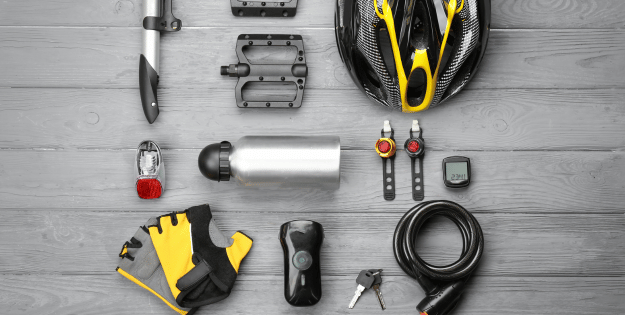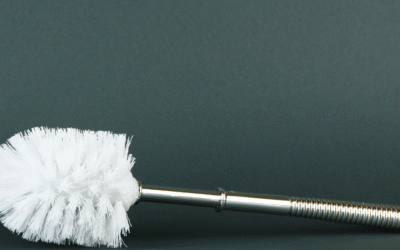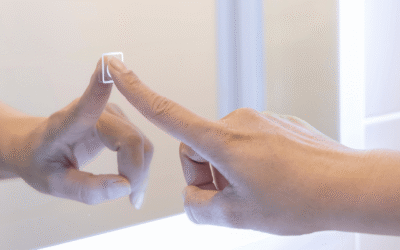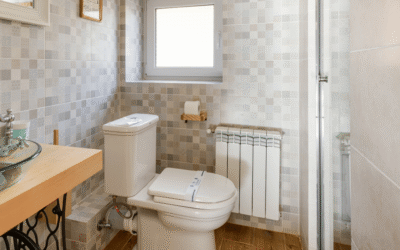In a world where bike theft remains a persistent threat, securing your bicycle with a robust lock is not just wise—it’s essential. Whether parked at a bustling café or tucked away at home, a good bike lock can make the difference between a smooth commute and a frustrating loss. With thieves increasingly armed with portable angle grinders, the need for locks that withstand such attacks has never been greater.
The market offers a bewildering array of locks, from heavy-duty U-locks to lightweight options suitable for bikepacking. Navigating these choices can be daunting, but understanding the security certifications and features available can help. Investing in a high-quality lock not only protects your bike but might also lead to savings on bike insurance.
This article explores some of the best bike locks available, highlighting those that offer superior resistance to theft. Whether your budget allows for top-tier security or you’re seeking a reliable, cost-effective option, there’s a lock to suit every cyclist’s needs.
Top Amazon Sellers
Key Takeaways
- Importance of Security: Robust bike locks are essential to protect against bike theft, particularly with the rise of advanced tools used by thieves.
- Types of Locks: Understand the security levels of various locks, including D-locks, chain locks, wearable locks, folding locks, and cable locks, each offering different levels of protection and convenience.
- Security Ratings: Familiarise with the Sold Secure’s rating system from Bronze to Diamond, to gauge a lock’s resistance to theft and meet insurance standards.
- Key Features for Selection: Consider material durability, size, weight, ease of use, and portability when choosing the best bike lock for your needs.
- Tailoring Choice to Environment: Match your lock choice to specific security needs and environments, with heavier-duty options for urban areas and lighter models for low-risk zones.
- Effective Locking Techniques: Combine high-quality locks with proper positioning and through-frame locking to maximise protection against theft.
Types of Bike Locks
Understanding the different types of bike locks helps in securing bicycles effectively. Each type provides a distinct level of protection and convenience. Here’s a look at popular secure bike lock options.
D-Locks
D-locks, also known as U-locks, offer strong security with their solid metal construction. They create a tight locking space around the bike frame and rack, hindering leverage attacks. They’re most effective in urban areas, where thieves use advanced tools.
Chain Locks
Chain locks consist of hardened steel links with a sturdy locking mechanism. These locks provide flexibility in securing bicycles to various anchor points. They’re suitable for high-theft areas, albeit heavier to carry compared to other types.
Wearable Locks
Wearable locks are designed for portability, with chains that strap around the waist like a belt. Riders find them convenient for short stops in lower-risk areas. Despite being lightweight, their security level depends on material quality and locking mechanism.
Folding Locks
Folding locks offer compact storage while providing decent security. They consist of steel bars that fold into a compact shape, making them easy to carry. Ideal for those seeking a balance between security and portability, they fit flat surfaces snugly.
Cable Locks
Cable locks are lightweight and provide basic security. Constructed of steel cables encased in plastic, they’re best for low-theft regions or as secondary locks. While not the strongest, their flexibility allows easy attachment to a range of objects.
Security Ratings
Security ratings guide cyclists in selecting the best bike locks for protection. Sold Secure, an authority in lock testing, evaluates and assigns these ratings.
Understanding Sold Secure Ratings
Sold Secure uses a four-tier system: Bronze, Silver, Gold and Diamond. Each level represents the lock’s resistance to attacks. Bronze offers basic protection, while Silver defends against more determined theft attempts. Gold withstands dedicated tool attacks, and Diamond provides the highest protection against destructive methods.
Diamond vs Gold-Rated Locks
Diamond-rated locks excel in resisting sophisticated, destructive techniques. They generally outperform Gold-rated locks, which are still robust but less resistant to advanced tools. For valuable bikes or high-risk areas, Diamond ratings are best. Both ratings meet many insurers’ security standards, which often mandate using Gold or Diamond locks.
Top Features to Consider
Selecting the best bike locks involves evaluating several key features. Each feature plays a crucial role in determining the lock’s effectiveness.
Material and Durability
High-quality materials extend the lifespan of a lock and boost security. Hardened steel often resists bolt cutters and saws better than other metals. A solidly constructed lock withstands various weather conditions without rusting, ensuring long-term protection.
Size and Weight
Lock dimensions affect usability and security. A thicker shackle typically enhances resistance against cutting but increases the weight. Finding a balance between heft and protection is essential for efficient use, especially when portability is a concern.
Ease of Use
A lock that’s easy to operate encourages regular use. Choose locks with smooth locking mechanisms to facilitate fast and consistent securing of the bike. Complex systems may provide increased security but could become cumbersome in daily use.
Portability
Portability is crucial for cyclists on the go. Lightweight locks or those with folding designs offer greater convenience during transport. Assess whether the lock fits comfortably within a bike bag or attaches easily for hassle-free transport.
Choosing the Right Lock
Selecting the best bike locks requires understanding one’s specific security needs and the environments where the bike will be parked.
Assessing Your Security Needs
Determine the potential theft risk by considering the area’s crime rate and the value of the bike. Assess whether additional security measures, such as dual locks, align with priorities and provide enhanced protection.
Best Locks for Different Environments
For urban settings with high theft risk, robust D-locks or chain locks offer strong security. Folding locks suit areas requiring balance between portability and protection. In low-risk zones, lightweight cable locks serve as effective secondary options.
How to Lock Your Bike Securely
Securing a bike properly combines using the best bike locks with strategic positioning. This synergy ensures maximum protection against theft.
Positioning the Lock
Position the lock to minimise leverage risks by keeping it away from the ground. Use bicycle racks attached to concrete, opting for secure points like a bike rack or lamp post as alternatives. Locking height should thwart attempts with tools like tire jacks.
Securing Through the Frame
Ensure the lock goes through the frame, avoiding just the wheel. Bike frames offer stability, reducing chances of theft. A secure lock-through frame allows protection of wheels if space permits, reinforcing overall defence. Proper frame locking deters thieves, regardless of the lock type.
Conclusion and Top Picks
Choosing the right bike lock is crucial for protecting your investment from theft. With the variety of options available, it’s essential to match the lock type to your specific security needs and environment. Understanding security ratings like the Sold Secure system helps in identifying locks that offer the best protection. High-quality materials and robust designs, such as D-locks and chain locks, provide excellent resistance against sophisticated theft attempts. Meanwhile, folding and cable locks offer convenience for less risky areas. By assessing potential risks and employing strategic locking techniques, cyclists can significantly enhance their bike’s security and deter would-be thieves.
Frequently Asked Questions
What should I look for in a bike lock?
When selecting a bike lock, consider material durability, weight, ease of use, and portability. Choose locks made from high-quality materials like hardened steel for added security. Ensure the lock is the right size for securing your bike frame and is easy to use, which encourages regular use. For portability, lighter designs or folding locks are ideal for cyclists on the go.
Are cable locks effective?
Cable locks are generally lightweight and best used in low-risk areas or as secondary locks. They provide basic security but are not as robust as D-locks or chain locks, making them more suitable for regions with lower theft rates.
Which bike lock offers the highest security?
Diamond-rated locks offer the highest level of security, designed to resist sophisticated theft attempts. They are especially recommended for high-risk areas or for protecting valuable bikes, meeting many insurers’ standards for security.
How can I reduce the risk of bike theft?
To reduce the risk of bike theft, use a robust lock like a D-lock or chain lock, park in well-lit, secure areas with bike racks, and ensure the lock secures the frame, not just the wheel. Consider using dual-locking systems for added security.
Does a better bike lock impact insurance costs?
Yes, investing in a high-quality bike lock, particularly those with Gold or Diamond security ratings, may help reduce bike insurance costs as many insurers prefer or require these ratings for coverage.
What type of lock is recommended for urban areas?
For urban areas with high theft risk, D-locks (U-locks) or heavy-duty chain locks are recommended due to their strong security against leverage and cutting attacks. These types provide robust protection in environments with higher crime rates.
Can lightweight bike locks provide enough security?
Lightweight bike locks, such as cable locks, are typically suited for low-theft areas or as a secondary locking option. While convenient for portability, they do not provide as much protection as heavier locks like D-locks or chain locks.












